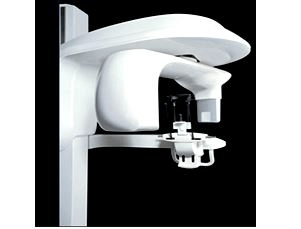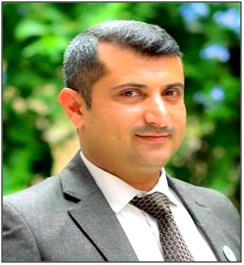KNOWLEDGE AND ATTITUDE TOWARD CONE BEAM COMPUTED TOMOGRAPHY: A QUESTIONNAIRE STUDY AMONG YEMENI DENTAL PRACTITIONERS
Keywords:
Attitude, CBCT, dental practitioners, knowledge, YemenAbstract
Background: Cone beam computed tomography (CBCT) is a marvelous three-dimensional (3D) dental and maxillofacial imaging method industrial in recent years. It is based on a multi-surface resampling process that has distinct advantages such as condensed radiated area size, image resolution, fast scanning time, exclusive maxillofacial imaging patterns and reduced image errors.
Objectives: This study aimed to evaluate the knowledge and attitude of a sample of Yemeni dentists toward the use of CBCT.
Methods: A total of 98 selected dentists participated in this study. The self-administered questionnaires, consisting of two parts, were distributed: The first is related to the demographic characteristics and the second section is related to the knowledge and attitude of the dental practitioners towards CBCT. The study was conducted in Dhamar city, Yemen. The information was assembled through a pre-prepared questionnaire consisted of 24 structured close-ended questions. Descriptive statistics calculated in terms of frequencies and percentages. A software program (SPSS V25) was used for data analysis.
Results: The majority of respondents were 86 general dental practitioners (87.8%), most of whom were working in private dental clinics. More than half of the participants (67.3%) used digital imaging techniques to take radiographs. The most frequent source of knowledge about respondents' digital imaging techniques was the Internet (39%). Awareness of CBCT was higher in dentists, dental specialists, and those who were in an academic position. Lower radiation dose (26%), followed by secure image processing (23%), and short scanning time (21%) were the most common advantages of CBCT reported by the respondents.
Conclusion: Study participant responses reflect the importance of CBCT in the dental field. Awareness about CBCT among dentists in Yemen is good and appears to be different among dentists with regard to gender, qualifications and type of work. The study requires that continuing learning courses be held in dental colleges in Yemen including appropriate hands-on CBCT training and integration with other clinical courses to improve the dentist’s basic knowledge and interpretation regarding this technology.

Peer Review History:
Received: 1 December 2021; Revised: 5 January 2022; Accepted: 9 February, Available online: 15 March 2022
Academic Editor: Dr. Emmanuel O. Olorunsola , Department of Pharmaceutics & Pharmaceutical Technology, University of Uyo, Nigeria, olorunsolaeo@yahoo.com
, Department of Pharmaceutics & Pharmaceutical Technology, University of Uyo, Nigeria, olorunsolaeo@yahoo.com
Reviewers:
 Dr. Asia Selman Abdullah, University of Basrah, Iraq, asia_abdullah65@yahoo.com
Dr. Asia Selman Abdullah, University of Basrah, Iraq, asia_abdullah65@yahoo.com
 Prof. Dr. Hassan A.H. Al-Shamahy, Sana'a University, Yemen, shmahe@yemen.net.ye
Prof. Dr. Hassan A.H. Al-Shamahy, Sana'a University, Yemen, shmahe@yemen.net.ye
Downloads

Published
How to Cite
Issue
Section

This work is licensed under a Creative Commons Attribution-NonCommercial 4.0 International License.









 .
.